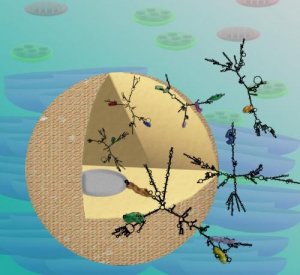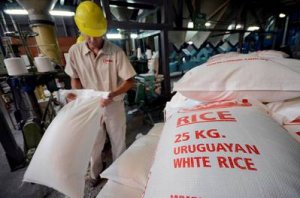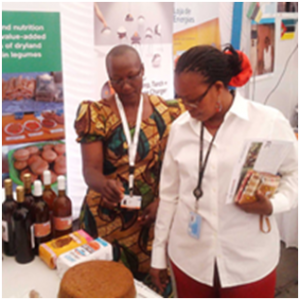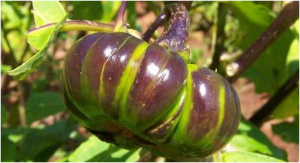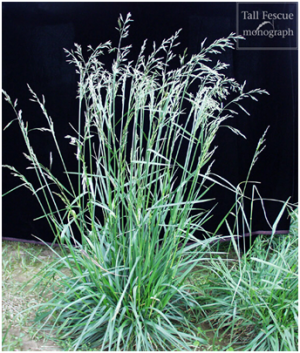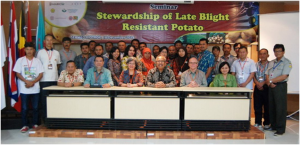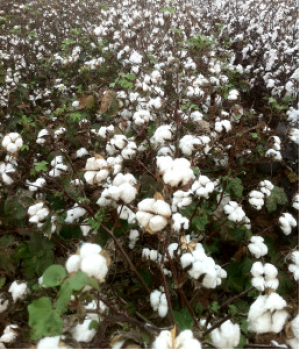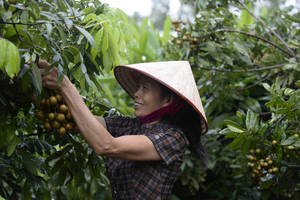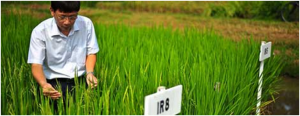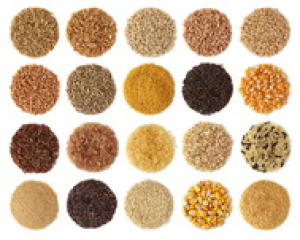|
New guidelines help member states achieve their climate pledges
Monday, 2017/05/15 | 07:37:12
|
FAO charts a path for the agricultural sector to contribute to adaptation, mitigation and the SDGs
Figure: Tending paddy fields in Laos. FAO 12 May 2017, Rome-- Now that the Paris Climate Accord has been agreed, national strategies to achieve pledged carbon mitigation and adaptation plans take center stage.
FAO has developed supplementary guidelines to the UNFCCC NAP Guidelines for "Addressing Agriculture, Forestry and Fisheries in National Adaptation Plans (NAP-Ag Guidelines") aiming to support developing countries in making sure agriculture is both included in national adaptation plans and made more adaptive and resilient. They serve to help vulnerable countries access funding - in particular from the Green Climate Fund Readiness Programme - while at the same time promoting broad participation in the decision-making process and building needed technical capacities.
Appropriate choices depend on specific context and accommodation of the views and needs of multiple stakeholders. That's no simple task. For instance, Lake Faguibine in northern Mali has been mostly dry since the mid-1970s, offering a test case for ecological, political and social changes driven by climate change. While larger-scale stakeholders clamour for refilling the lake - and infrastructure-based adaptation - local community members tend to prefer ecosystem-based approaches such as the sustainable management of forests, which have increased in importance as the lake receded.
Such cases are common and underscore the importance of weighing multiple factors in preparing NAPs that seek both to stoke development while also bolstering resilience and food security.
"Medium to long-term adaptation planning is crucial to build climate resilience and food security for future generations," said Julia Wolf, FAO Natural Resources Officer and co-author of the guidelines. "The agriculture sectors, often the economic backbone of developing countries, need to be a key driver and stakeholder. The guidelines are set out to address the key issues, entry points and steps to take." Agriculture's special roleAgriculture, including crops and livestock, forestry and fisheries, holds a special place in the effort to keep global temperatures from rising more than two degrees Celsius above their pre-industrial levels.
The sector is a major source of greenhouse gas emissions, making it both a prime target for mitigation efforts as well as a source for innovative solutions. At the same time, food production will need to be 60 percent higher in 2050 than it was in 2006 to meet the demand of a larger population. Indeed, four of the eight key climate change risks identified by the Fifth Assessment Report of the Intergovernmental Panel on Climate Change (IPCC) are linked to food security.
Almost 90 percent of developing countries have included their agriculture sectors as key to their climate pledges. NAPs are considered a core vehicle to deliver on national adaptation priorities, and towards achieving countries' adaptation action mentioned in the Nationally Determined Contributions while addressing Sustainable Development Goals (SDGs).
FAO's new guidelines, designed for national planners, agriculture, forestry and fisheries authorities and experts as well as United Nations and bilateral donors, is geared to address the specific challenges that adaptation and mitigation efforts pose in the agricultural arena - steering change at a bearable pace for those who depend on related activities for incomes, livelihoods and food security.
For instance, sowing fast-growing crop cultivars that mature quickly can work wonders amid drought conditions, but only if seeds are widely available. Likewise, while cassava is an important crop in tropical environments, national programmes that seek to expand its potential must consider that higher temperatures could affect the vectors of viral diseases that affect the tuber.
FAO has considerable experience integrating local knowledge with scientific expertise. A FAO project in the Lao People's Democratic Republic aims at helping farmers and fishers using the country's wetlands - where climate change is projected to have a major effect on the quantity and quality of water supply - to coordinate their actions in pursuit of more sustainable land-management practices. |
|
|
|
[ Other News ]___________________________________________________
|


 Curently online :
Curently online :
 Total visitors :
Total visitors :
(41).png)
